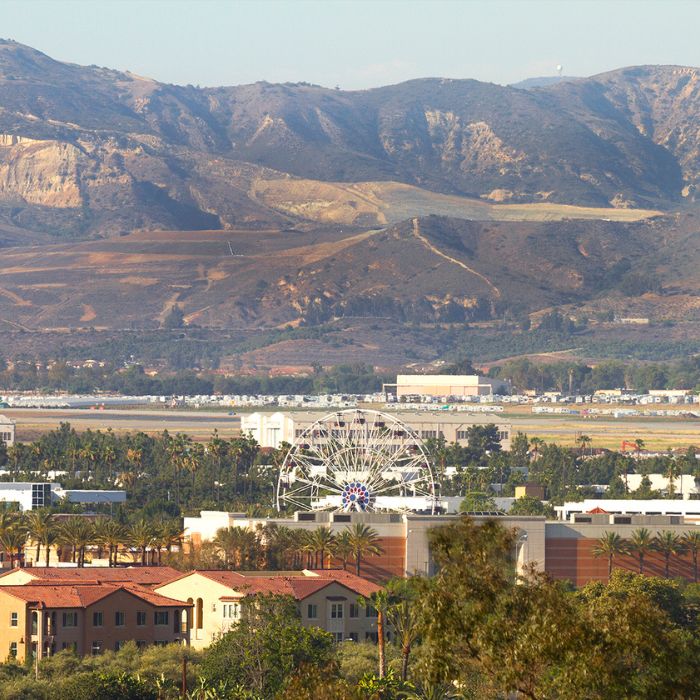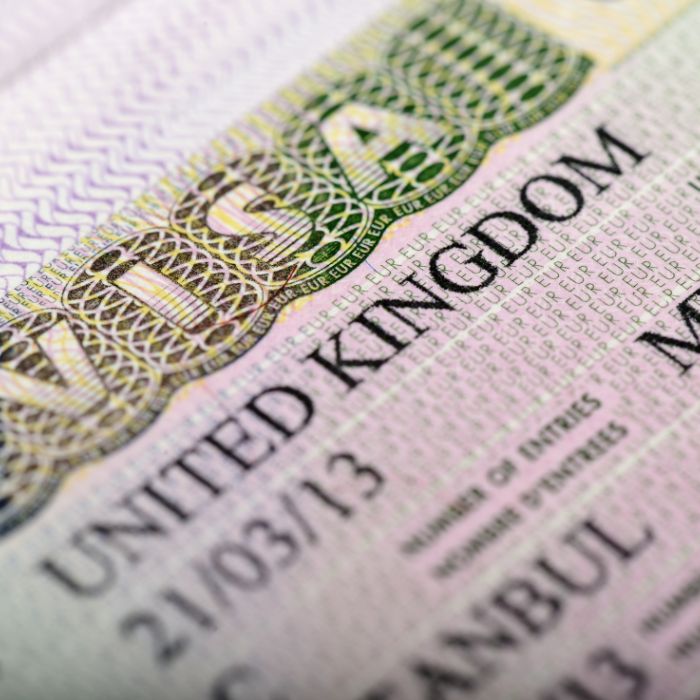Canada: 2026-2028 Immigration Levels Plan Announced
November 5, 2025
At a Glance
- As part of the federal government’s fiscal budget, Canada has announced its 2026–2028 Immigration Levels Plan, which projects the number of temporary and permanent residents Canada plans to admit each year and sets targets for overall admissions per immigration category.
- While the overall number of permanent residents will remain stable, the plan introduces certain reductions in temporary resident admissions – particularly a 50% reduction for new international students – and rebalances Canada’s work permit system to place a greater emphasis on higher-skilled employment.
- Several initiatives will also allow certain work permit holders and eligible Protected Persons to transition to permanent residence over the next two years.
- Overall, the plan seeks to align immigration levels with Canada’s economic needs and infrastructure capacity.
The situation
The government of Canada has announced its 2026–2028 Immigration Levels Plan as part of the federal government’s 2025-2026 fiscal year budget.
While the overall number of permanent residents will remain stable, the plan introduces significant reductions in new temporary resident admissions – particularly among international students – and rebalances Canada’s work permit system to place a greater emphasis on higher-skilled employment. Some initiatives will also allow certain work permit holders and eligible Protected Persons to transition to permanent residence over the next two years.
A closer look
Key details of the plan include:
|
Stabilizing and recalibrating permanent resident admissions. · Beginning in 2026, annual permanent resident targets will be set at 380,000 per year through 2028, slightly below the 395,000 target from 2025, but with a higher proportion of economic immigrants, rising from 59% to 64%. · This adjustment reflects a modest increase in economic-class admissions – from approximately 229,750 in 2025 to 239,800 in 2026 (+4.4%). · Within the broader adjustment, the plan recalibrates permanent resident admissions by reducing the federal share of economic immigration and increasing provincial allocations, with the Provincial Nominee Program emerging as the primary beneficiary. · The family reunification and refugee/humanitarian categories will see small declines of 4.5% and 9.7%, respectively. |
· Economic immigration will take on a more central role in Canada’s long-term strategy, reflecting a shift toward attracting and retaining skilled workers. · While overall permanent resident levels remain stable, the plan places greater emphasis on economic streams (e.g., Federal High Skilled and Provincial Nominee Programs), expanding opportunities for skilled professionals, business immigrants and provincial nominees, which supports employers in Canada. |
|
Reducing Temporary Resident admission targets. A notable change in the plan is in the temporary resident stream. · Total temporary resident admissions will fall sharply from 673,650 in 2025 to 385,000 in 2026, and further to 370,000 in 2027 and 2028. · Within these reductions, international student admissions will drop nearly 50% (from 305,900 to 155,000), and temporary foreign worker entries will decline by 37% (from 367,750 to 230,000). This decrease is a result of several changes the government instituted in 2024 related to the international student program in general. · Although overall temporary worker admissions are set to decline, the plan signals a rebalancing of Canada’s work permit system, emphasizing fewer Labour Market Impact Assessment (LMIA)-based permits and greater use of LMIA-exempt streams under the International Mobility Program (IMP). While further details are pending, reductions may target low-wage positions, with priority shifting toward highly skilled roles, including intra-company transfer permits. · The government notes the importance of temporary foreign workers in certain sectors and has announced it will tailor the 2026-2028 plan to consider industries affected by tariffs as well as sectoral and regional labour needs. |
· These changes are intended to ease pressure on housing, healthcare, and education systems while maintaining a balanced intake of skilled and long-term contributors. · Employers that rely on temporary foreign workers should expect more selective approvals and stricter program criteria with greater emphasis on higher-skilled and mobility-focused roles. · Educational institutions and related service sectors will face lower international enrollment volumes.
|
|
Transitioning more temporary residents in Canada to permanent residents. The government aims to target foreign nationals already in Canada to become permanent residents of Canada through the following measures: · A one-time program to transition up to 33,000 temporary workers to permanent residency in 2026 and 2027. · A one-time initiative to transition approximately 115,000 eligible Protected Persons in Canada as permanent residents over the next two years. |
· According to the government, these workers have established strong roots in their communities in Canada, are paying taxes, and are contributing to the growth of the Canadian economy. · The transition of 33,000 temporary workers to permanent residence may focus on senior managers and above who lost their Arranged Employment points earlier in 2025. |
|
Strengthening Francophone Minority Communities. The plan increases the target for Francophone admissions destined to provinces outside Quebec to 10% by 2028, with a broader goal of achieving 12% by 2029. |
The government is seeking to strengthen Francophone communities outside of Quebec and ensure the economic prosperity of Francophone minority communities across Canada. |
The budget also outlines plans to modernize compliance across the International Mobility Program and Temporary Foreign Worker Program through digital integration, enhanced data sharing, and expanded employer oversight. Forthcoming measures include automated audits, stricter enforcement and new worker protections such as a Temporary Worker Protection Fund and broader access to Open Work Permits for Vulnerable Workers, with further details expected as implementation advances.
Background
The Immigration Levels Plan, tabled annually in Parliament by the Minister of Immigration, Refugees and Citizenship, outlines the number of permanent and temporary residents Canada intends to admit each year. It sets annual targets and ranges across key categories, including economic, family, and humanitarian immigration, as well as projected admissions for international students and temporary foreign workers.
Looking ahead
The 2026–2028 Immigration Levels Plan represents a stabilization of Canada’s immigration system, reflecting a shift toward sustainability, economic alignment, and long-term integration. Rather than contracting overall immigration, the plan maintains steady levels of permanent residents while seeking to reduce the temporary resident population to below five percent of Canada’s total by the end of 2027. This approach of an increased focus on economic immigration and long-term integration is designed to ease pressure on housing, healthcare, and education systems while ensuring immigration growth remains aligned with Canada’s infrastructure capacity and labor market needs.
This alert is for informational purposes only. If you have any questions, please contact the global immigration professional with whom you work at Fragomen.














